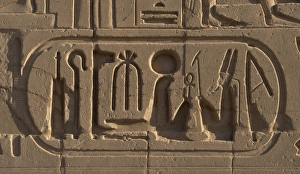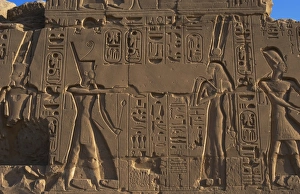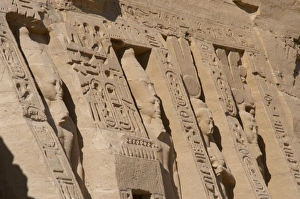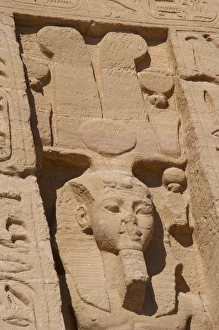Shuty Collection
"Exploring the Richness of Egyptian Art: From Temples to Pharaohs" Immerse yourself in the captivating world of ancient Egypt through its remarkable art and architecture
All Professionally Made to Order for Quick Shipping
"Exploring the Richness of Egyptian Art: From Temples to Pharaohs" Immerse yourself in the captivating world of ancient Egypt through its remarkable art and architecture. The Temple of Kom Ombo unveils a glimpse into the past with its intricate carvings, including the Royal cartridge of Rom and the god Sobek wearing shut, symbolizing power and protection. Step further into history at Karnak, where a pharaoh is depicted before a god in an awe-inspiring relief. Here, you can witness the divine presence surrounding Pharaoh Ramses VI Nebmaatre-Meryam as he stands amidst two divinities, showcasing his authority and connection to higher realms. Nefertari, renowned as Nefertari Merytmut and wife of Pharaoh Ramesses II, shines brightly in Egyptian art. Her beauty immortalized on temple walls reflects her esteemed status as queen consort during one of Egypt's most prosperous periods. The Temple of Hathor or Small Temple showcases an exquisite facade depicting scenes from daily life and religious rituals. This artistic marvel transports visitors back to a time when devotion to deities was paramount. Delve deeper into history at Dendera's Roman Birth House within the temple complex. This structure reveals how Egyptian culture seamlessly blended with Roman influences during this era. Egyptian art tells stories that have stood the test of time; it speaks volumes about their beliefs, traditions, and reverence for gods like Sobek who wore shut - representing strength against adversity. Marvel at these masterpieces that continue to captivate hearts worldwide.








